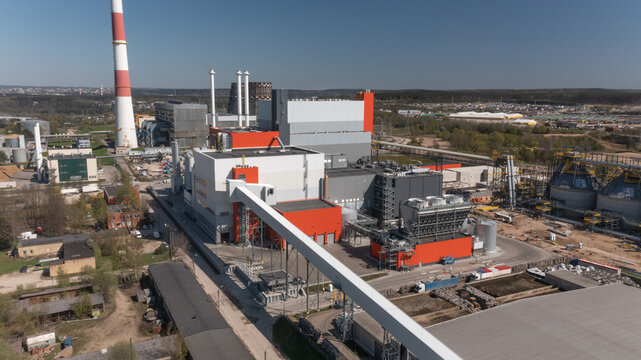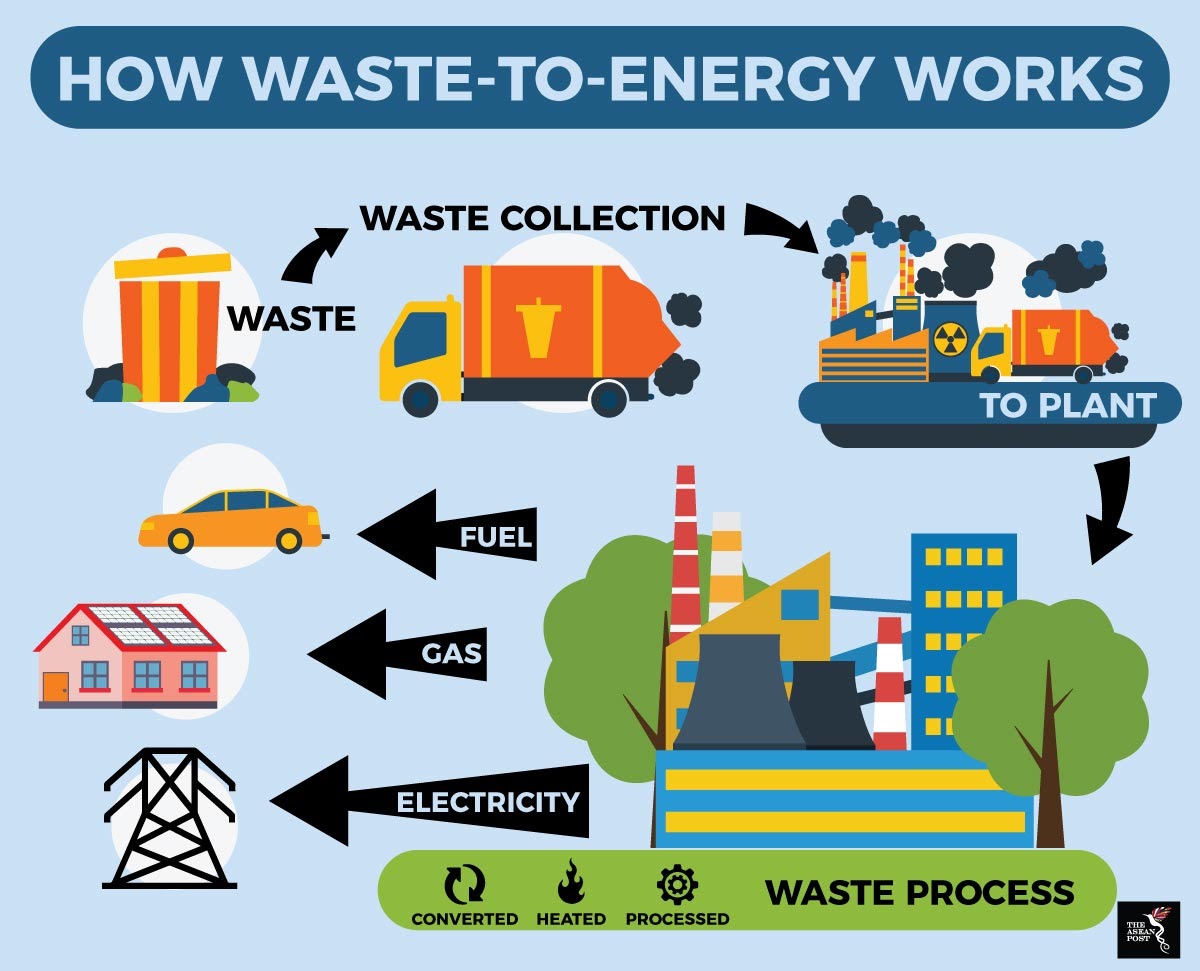Waste to Energy: Turning Trash into Treasure
What is Waste to Energy?
Waste to energy is a process that transforms waste materials into usable forms of energy, such as electricity, heat, or fuel. This is achieved through various technologies that can convert the energy stored in waste materials into a more useful form. By doing so, WtE helps manage waste efficiently while providing an alternative energy source, contributing to a more sustainable future.
How Does Waste to Energy Work?
There are several methods to convert waste into energy, each with its own unique processes and benefits. Here are the primary methods used in waste to energy plants:
1. Incineration
Incineration is the most common method of waste to energy conversion. It involves burning waste materials at high temperatures to produce heat, which is then used to generate electricity.
Process:
1. Waste is collected and sorted to remove recyclable materials.
2. The remaining waste is incinerated in a combustion chamber.
3. The heat generated from combustion is used to produce steam.
4. The steam drives a turbine connected to a generator, producing electricity.
5. Flue gases are treated to remove pollutants before being released into the atmosphere.
2. Gasification
Gasification converts organic or fossil fuel-based materials into syngas (synthetic gas), which can be used to generate electricity or produce other chemicals.
- Process:
1. Waste is heated in a low-oxygen environment.
2. The waste material breaks down into syngas, primarily composed of carbon monoxide, hydrogen, and carbon dioxide.
3. Syngas is cleaned to remove impurities.
4. Clean syngas is used to power gas turbines or internal combustion engines for electricity generation.
3. Pyrolysis
Pyrolysis involves heating waste materials in the absence of oxygen to decompose them into simpler compounds, primarily in the form of pyrolysis oil, syngas, and char.
- Process:
1. Waste is fed into a pyrolysis reactor.
2. The reactor heats the waste in the absence of oxygen.
3. The waste decomposes into pyrolysis oil (liquid), syngas (gas), and char (solid).
4. Pyrolysis oil and syngas can be used as fuels or chemical feedstocks, while char can be used as a soil amendment or fuel.
4. Anaerobic Digestion
Anaerobic digestion is a biological process that breaks down organic waste in the absence of oxygen to produce biogas, which can be used for energy.
- Process:
1. Organic waste is collected and fed into a digester.
2. Microorganisms in the digester break down the waste, producing biogas (mainly methane and carbon dioxide).
3. Biogas is collected and purified.
4. Purified biogas is used to generate electricity, heat, or as a vehicle fuel.
Benefits of Waste to Energy
Waste to energy technology offers numerous benefits, making it an attractive option for waste management and energy production:
2. Renewable Energy Source: Waste to energy processes can convert organic waste into renewable energy, contributing to the diversification of the energy mix and reducing dependence on fossil fuels.
3. Greenhouse Gas Reduction: WtE plants can capture and utilize greenhouse gases like methane that would otherwise be released from decomposing waste in landfills, helping to combat climate change.
4.Resource Recovery: Valuable materials such as metals and glass can be recovered from the waste stream during the WtE process, promoting recycling and resource efficiency.
5. Energy Security: Generating energy from waste provides a local, reliable energy source, enhancing energy security and resilience.
Challenges and Future Prospects
While waste to energy technology holds great promise, several challenges need to be addressed to maximize its potential:
- Emissions Control: Ensuring that emissions from WtE plants meet stringent environmental standards is crucial to avoid air pollution.
- Public Perception: Public opposition to WtE plants, often due to concerns about pollution and health risks, can be a barrier to their development.
-Efficiency Improvements: Ongoing research and development are needed to improve the efficiency and cost-effectiveness of WtE technologies.
Despite these challenges, the future of waste to energy is bright. Advances in technology, combined with growing awareness of environmental issues, are driving the adoption of WtE solutions worldwide. Governments and private companies are investing in research and infrastructure to make waste to energy a cornerstone of sustainable waste management and energy production.
source:iasgyan
Conclusion
Waste to energy represents a powerful synergy between waste management and energy production. By transforming waste into a valuable resource, WtE technology offers a sustainable solution to two of the most pressing challenges of our time. As we continue to innovate and overcome the associated challenges, waste to energy will play an increasingly vital role in building a cleaner, greener future.



Comments
Post a Comment